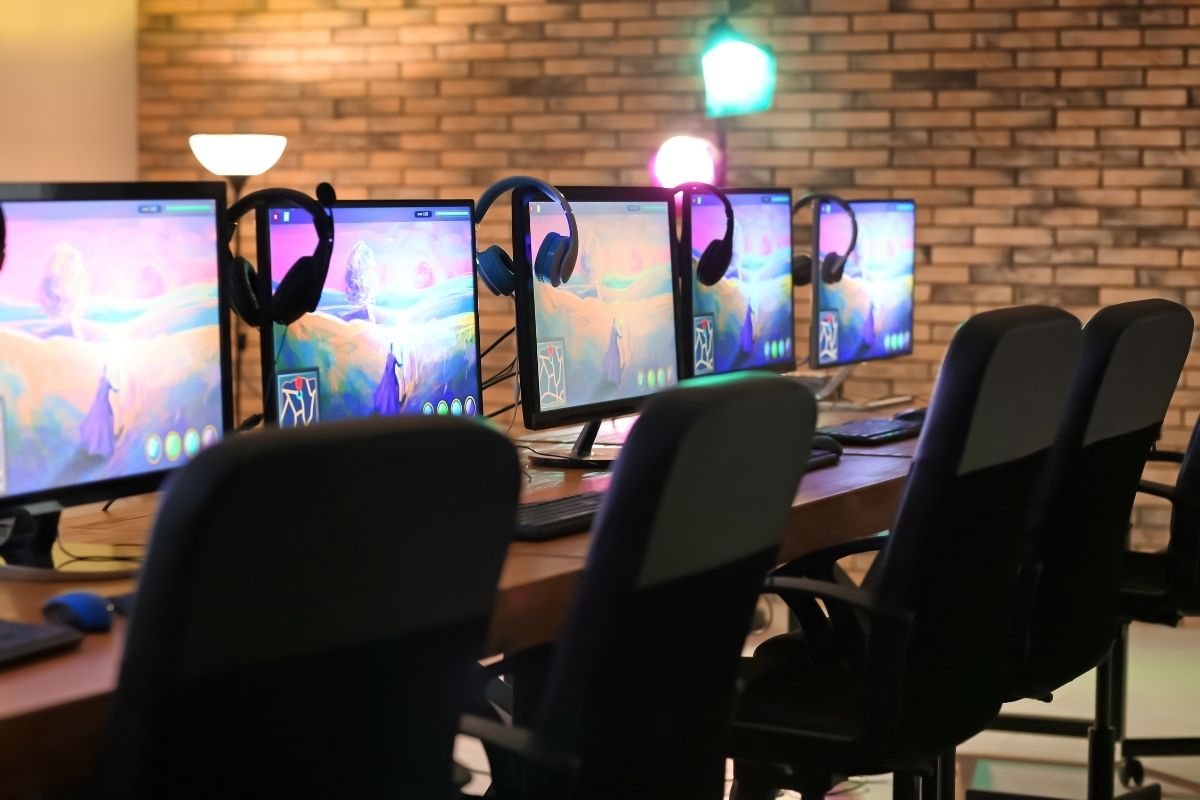Testing the Game: Stress Testing
Game developers are more frequently using stress testing on their games prior to finalization to ensure their game and servers will handle the demand of their player community.
The video game industry is moving to more digital copies of games. When a game launches, everyone downloads it and jumps online at the same time. Without stress testing, it can be hard for game developers to predict if their servers are going to hold up when everybody hops on the game at the same time. This is especially true for more popular titles that have a lot of player demand.
Think of when a new show comes out on Netflix and everybody jumps on to watch it at the same time. Netflix doesn’t run as smooth because of the service demand. The same thing applies to video games.
Companies in the video game industry will hold a public beta. They’ll give access to the game before the final version is officially released so players can play it and test the game out. As a player, you get to demo the game and decide if you’d like to buy the final game or not.
For the developer, these public betas give them a stress test of your game. They get to test out their servers and say “Ok this many people are on. Our servers can handle this many people. Let’s take this information and project how many people are going to buy our game. And multiply this many people so when it does come out and everybody jumps on at the same time, we’re not having server issues.”
Stress testing is an effective method that game developers use to make sure their game is running on day one. Use stress tests to your advantage to determine your community’s anticipation for the game so you can deliver a better launch day experience for them.


